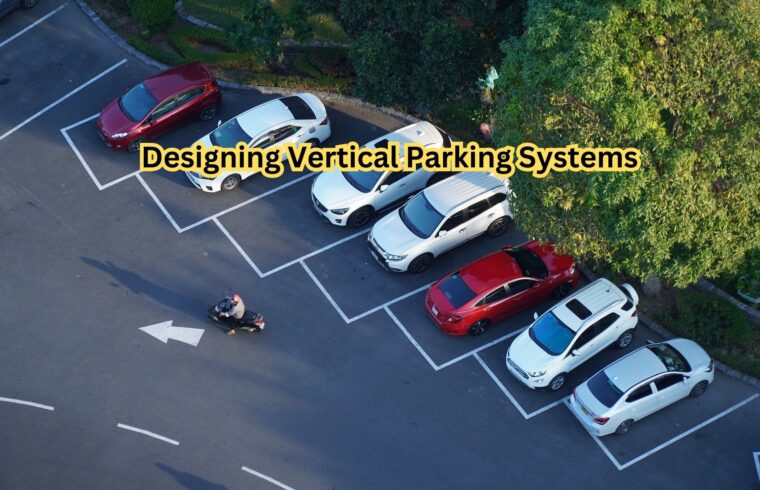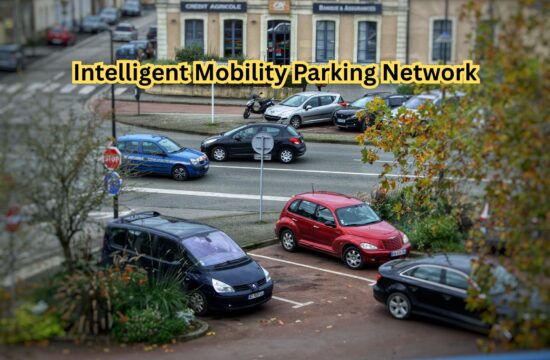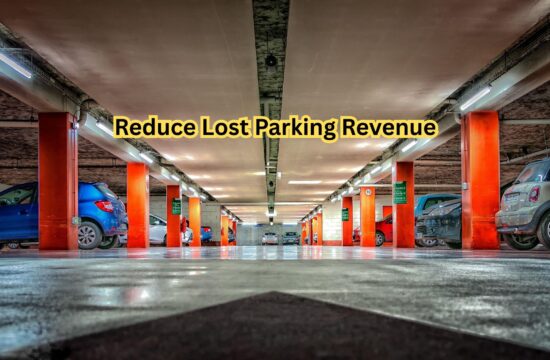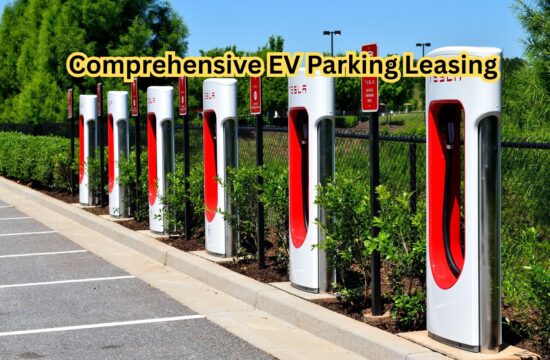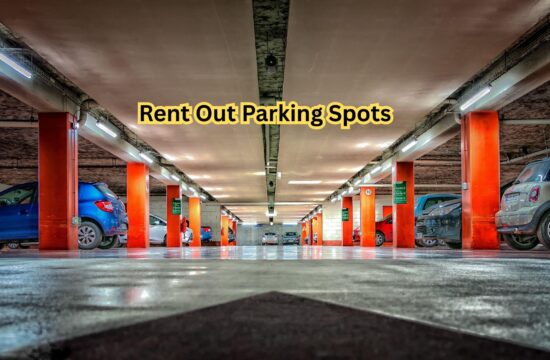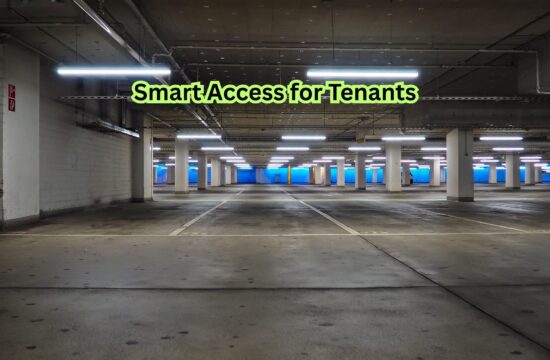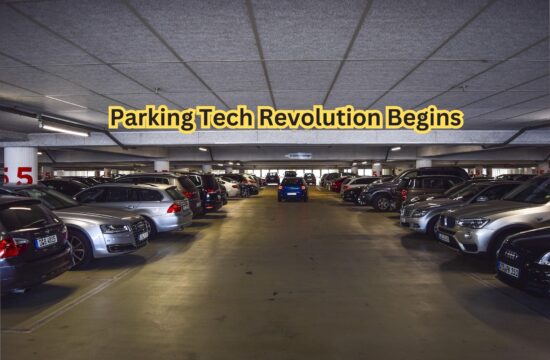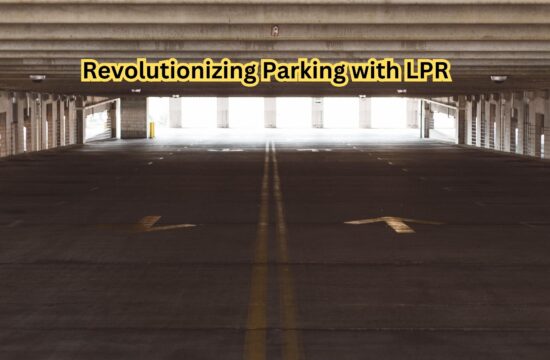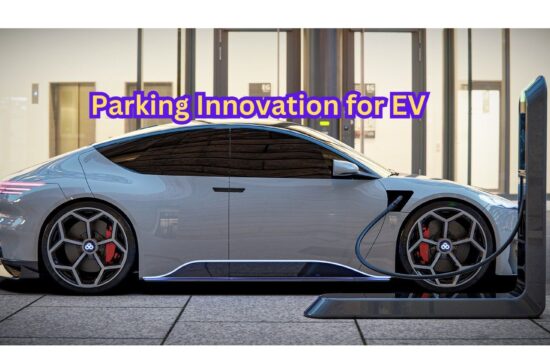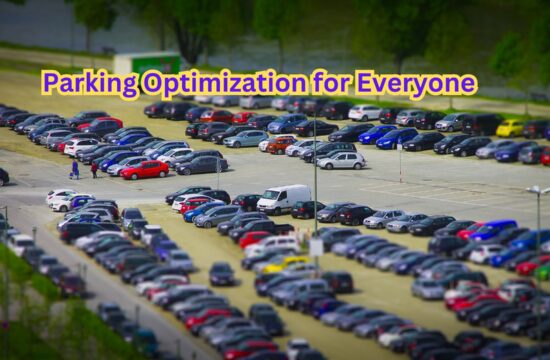Innovative ways to optimize parking space in cities include Designing Vertical Parking Systems. Making effective use of the limited space in cities has grown crucial as they becoming increasingly populated. Designing Vertical Parking Systems provides an innovative solution to this problem. By implementing Designing Vertical Parking Systems, urban areas can maximize space efficiency while improving traffic flow and accessibility.
What is a Vertical Parking System?
A vertical parking system, sometimes referred to as an automated parking system or stack parking, is a structure made to hold cars in a multi-level configuration. Drivers no longer have to move their cars within the building because automatic lifts and platforms are used to park and retrieve cars.
Benefits of Vertical Parking Systems
Because they make use of vertical space, vertical parking systems optimize parking capacity, which makes them perfect for crowded urban locations. They provide improved security, eco-friendly advantages, and convenience through automated systems. Puzzle, rotational, tower, and stacker systems are among the varieties. Safety, automation, capacity, and space requirements are important design considerations. These systems provide effective, safe, and environmentally friendly parking options, enhancing urban infrastructure.
Types of Vertical Parking Systems
Stacker parking systems are straightforward constructions that use mechanical lifters to stack cars.
Tower Parking Systems: Automated lifts in multi-story structures for effective storage.
Carousel-style systems that rotate vehicles into place are known as rotary parking systems.
Puzzle Parking Systems: To park cars, platforms move both vertically and horizontally.
Key Design Considerations
When creating a vertical parking system, consider the amount of space needed, including height and available area. Based on the number of vehicles to be accommodated, calculate the capacity requirements. For efficiency, select completely or partially automated systems. Give top priority to safety measures like structural integrity, emergency exits, and fire suppression. Provide user-friendly controls and easily accessible entry points to guarantee a satisfying user experience.
Steps to Design a Vertical Parking System
The first step in designing an effective vertical parking system is site study to evaluate available space and zoning laws. Choose the right kind of system according to its area and capability. Create a structural design that takes load capacity and material considerations into account. Combine automation with control software and mechanical lifts. Install safety features such as alarms and sensors. Lastly, test to guarantee maximum effectiveness and usefulness.
Conclusion
An innovative solution to the parking problems in cities is the use of vertical parking structures. They offer environmental advantages, improved security, and effective space utilization. Adopting vertical parking options can have a big impact on sustainability initiatives and city infrastructure as urbanization progresses.

